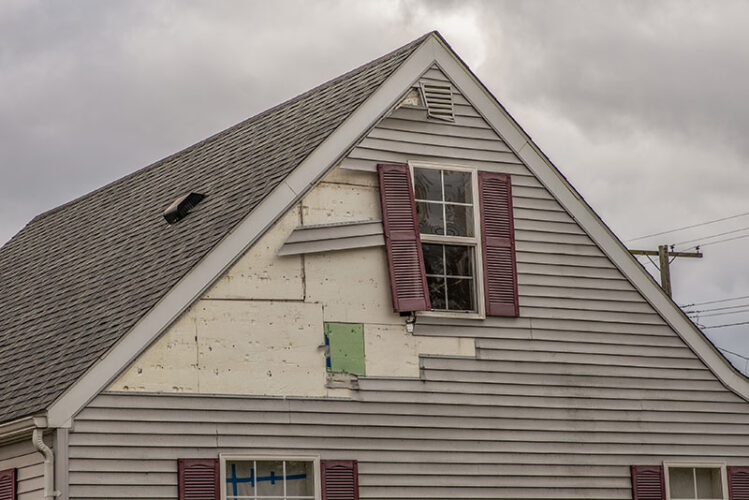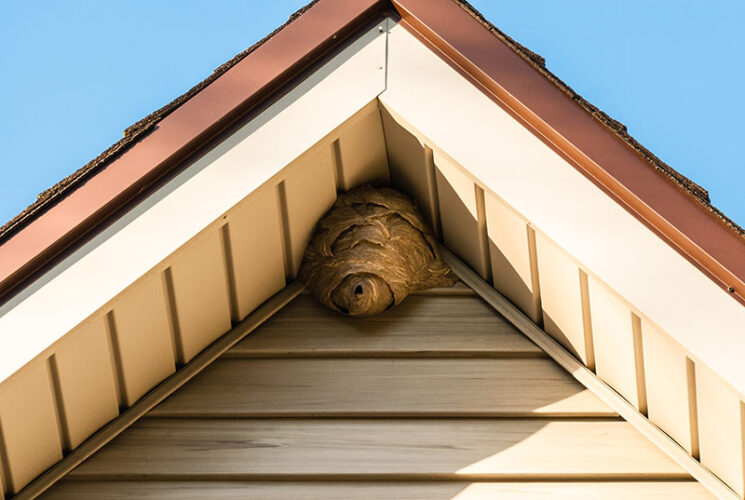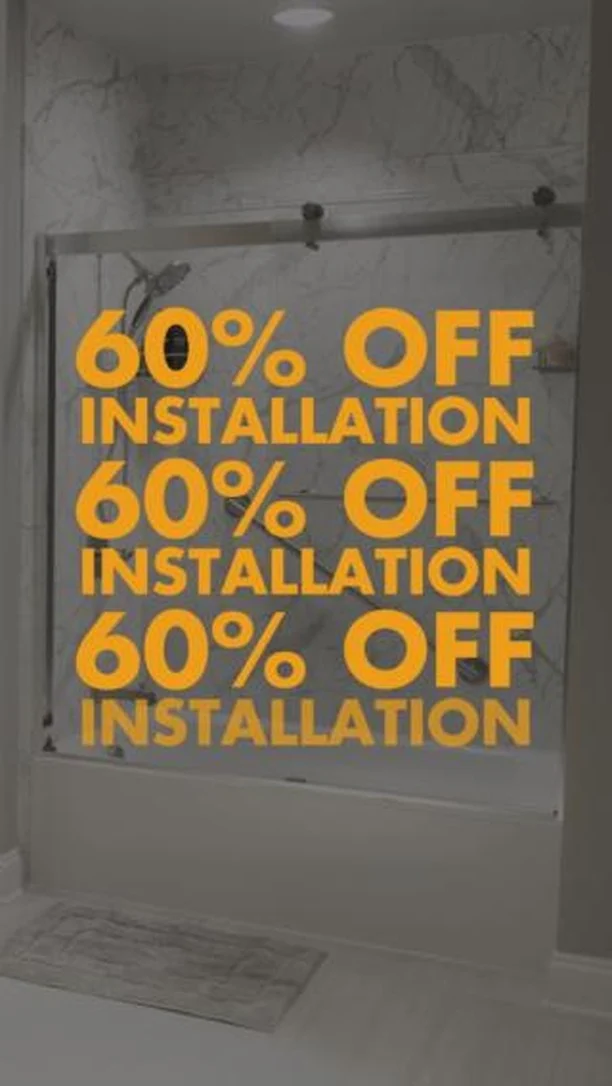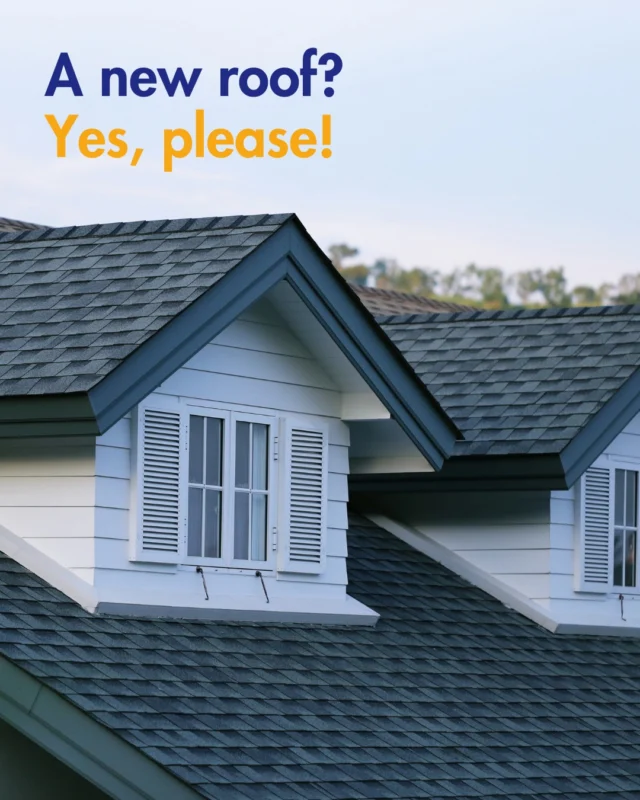Is Vinyl Siding the Right Choice for Your Home?
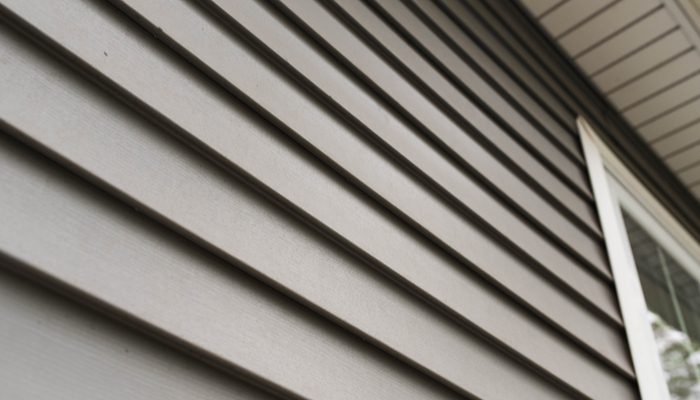
When it comes to home improvements or residential construction, there’s probably no product more controversial than vinyl siding. Those that are in favor of it say that it never needs to be repainted or replaced. Those who are against it are more traditional and don’t believe in anything else but good, old-fashioned wood.
Some people don’t like vinyl siding from the bad reputation it earned when the material established in the late 50s. Its primary purpose back then was to replace aluminum siding which was commonplace at the time. Unfortunately, however, people soon began to realize that vinyl siding tended to crack, buckle, sag, and fade in color relatively easy.
Vinyl Siding Has Come a Long Way
Nevertheless, with ongoing improvements in technology as well as in its chemical makeup over the following decades, vinyl lost many of the issues it once had. Today’s models have no seams, and its texture is more similar to wood that it’s almost impossible to tell the difference.
Vinyl siding comes in three gauges of thickness, which determines the lifespan and robustness of the material. The thicker the vinyl, the longer it will last, but it will also cost more. Suffice to say, today, nearly a third (32%) of all homes across the United States are fitted with vinyl siding, and its popularity is only growing every year.
Get a Free Estimate Today
60% off installation. Special financing available. See details.
Advantages
One of the underlying reasons why vinyl has gained a steady rise in popularity over the years is due to little or no maintenance required. Once the siding installation is over, it needs minimal upkeep for the next following decades. Aside from a washing every year and a paint job every ten years, vinyl will seem new.
30 or 40-year-old vinyl siding will not look like it did the moment it was installed, although it will still keep the home as safe and as dry as it did its first day. Vinyl siding also comes in a multitude of colors, which will not flake or chip off no matter the circumstances.
And as far as costs are concerned, vinyl is the least expensive of all the other alternatives. It includes the materials as well as the installation.
Disadvantages
One of the most common drawbacks, however, is that vinyl can be somewhat easily dented and rarely pops back up. What’s worse, if you want to change a panel, for whatever reason, the process can be quite tricky and expensive. Since the panels overlap, it’s challenging to change one without moving all the others.
Extreme cold can also cause vinyl panels to crack forcing a replacement; otherwise, water can seep in and do additional damage. Furthermore, vinyl doesn’t insulate well. You can resolve this by adding insulation to the wall before the vinyl is mounted. The cost of this insulated siding also needs to be considered part of the overall price if you decide to invest or do a comparison.
All of these factors must be considered when making a decision as important as installing new siding on a home. Look at all the pros and cons of other types of siding when making a comparison.
Whatever you choose, know that our team of experts at 1-800-HANSONS is ready to help you make the right decision. Contact us today and request a free estimate.

